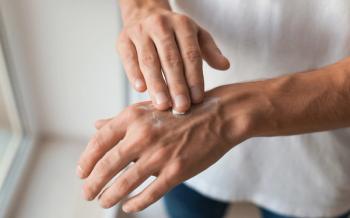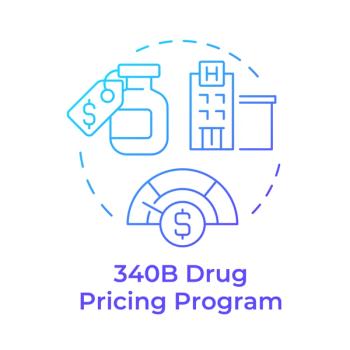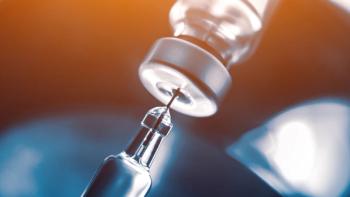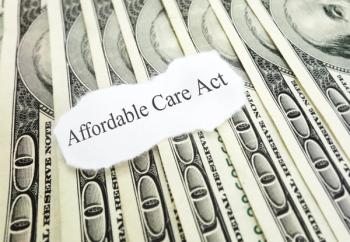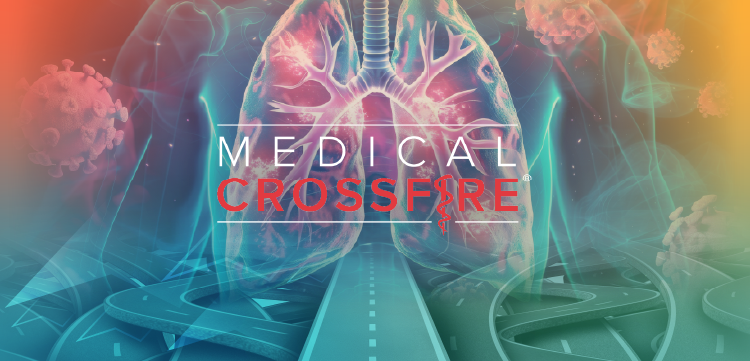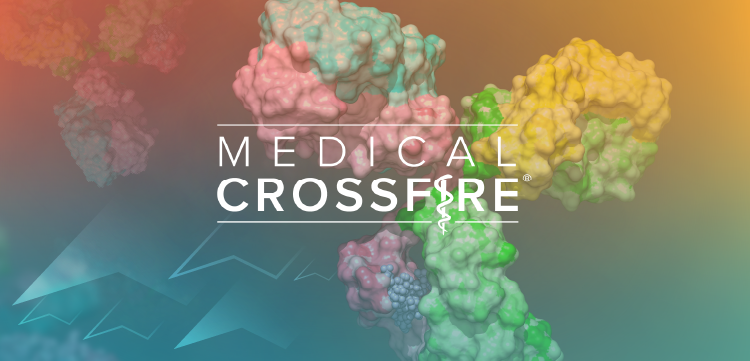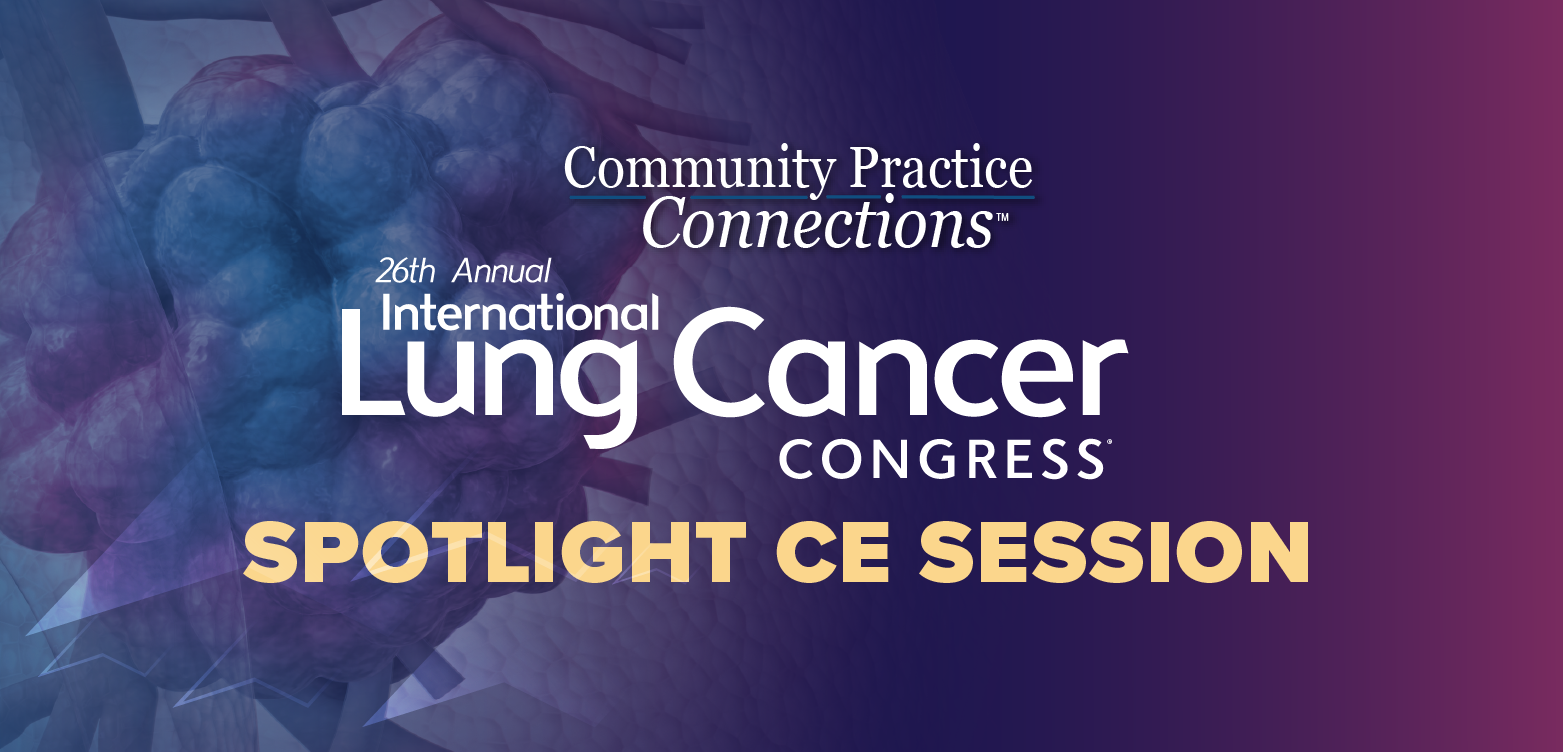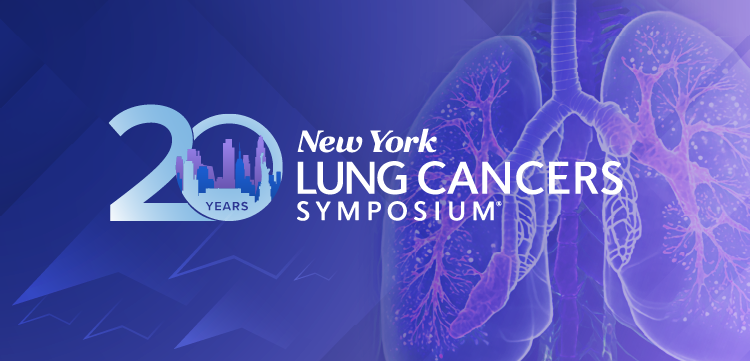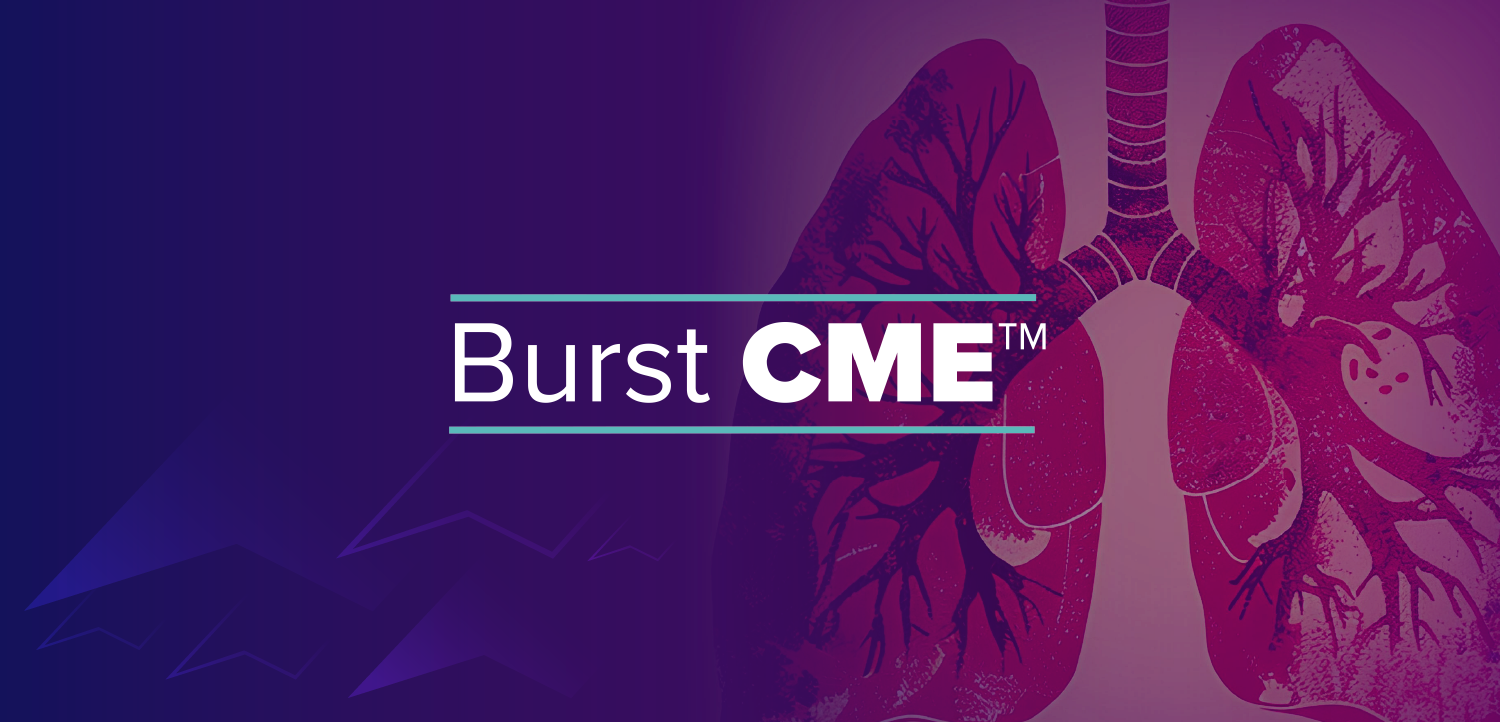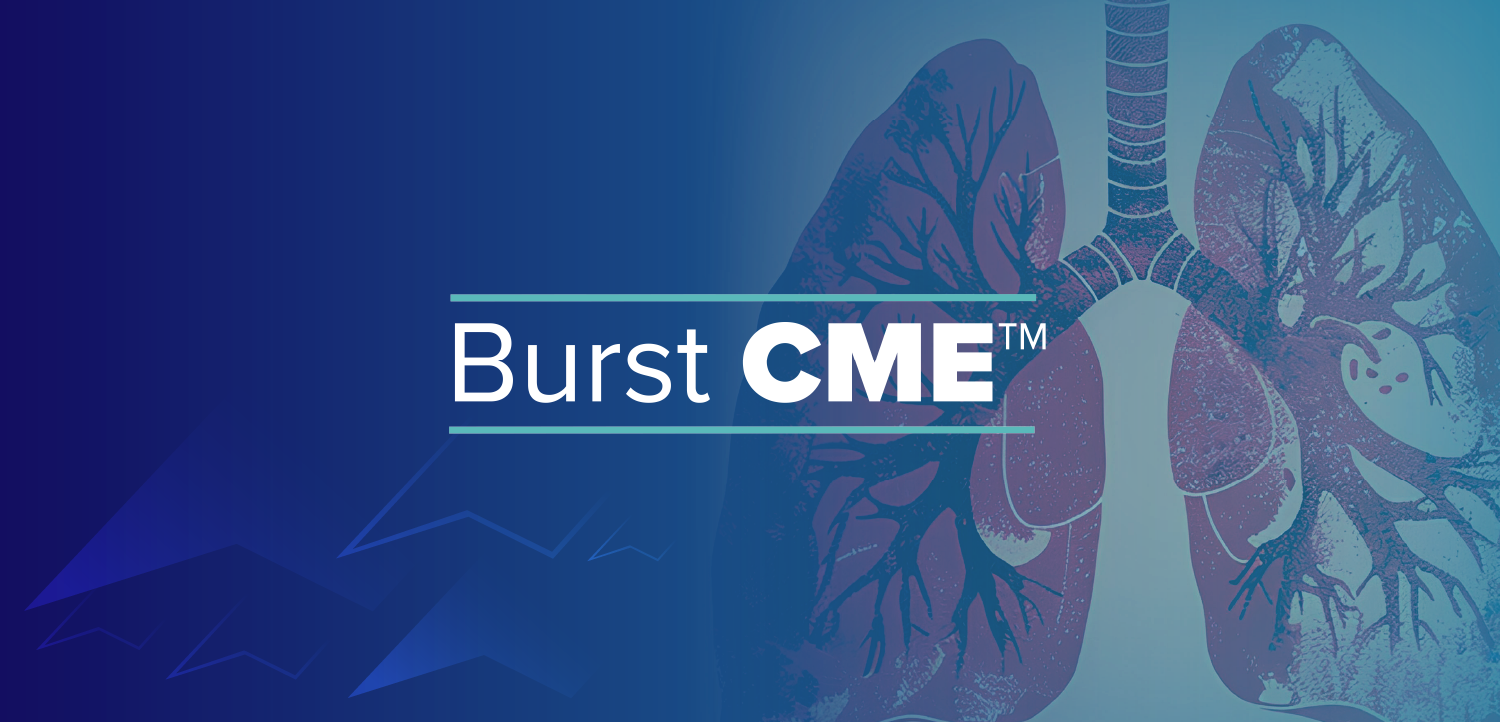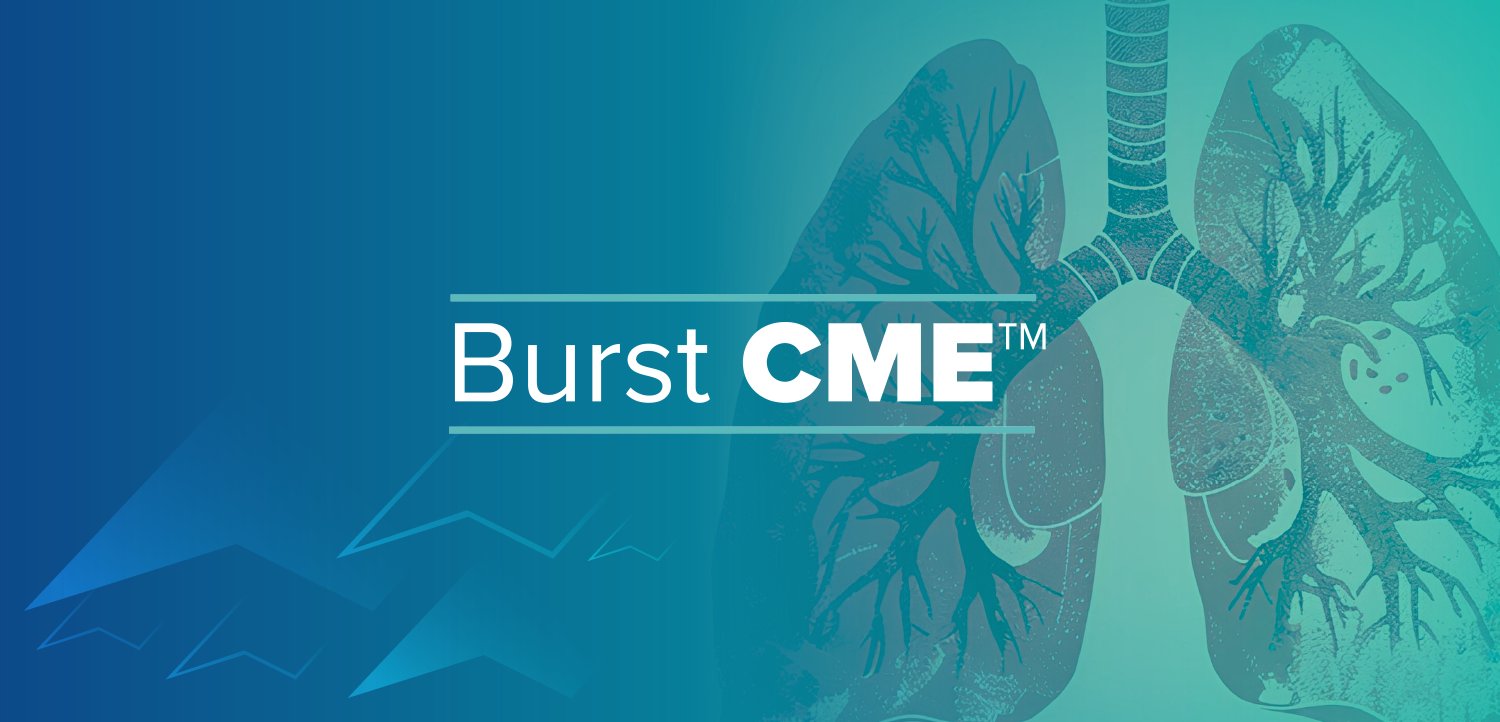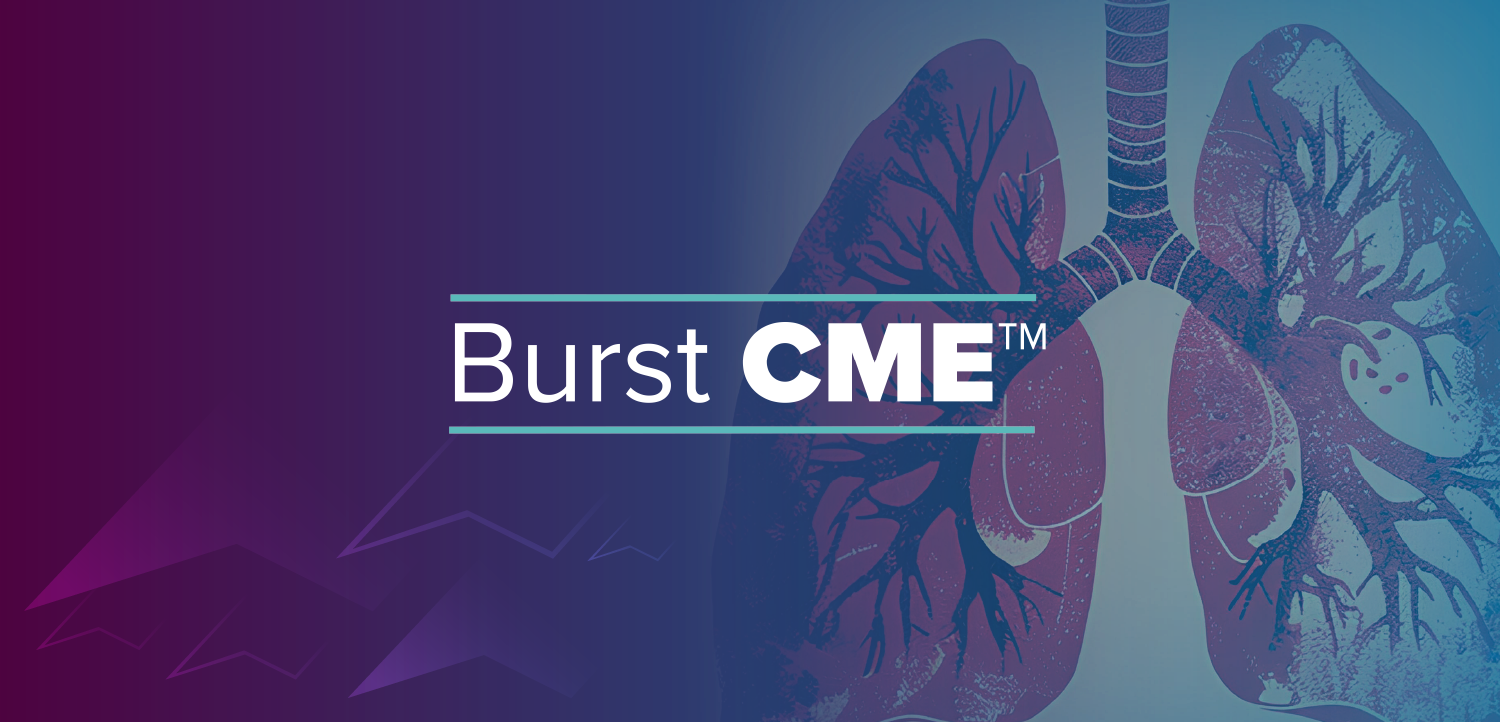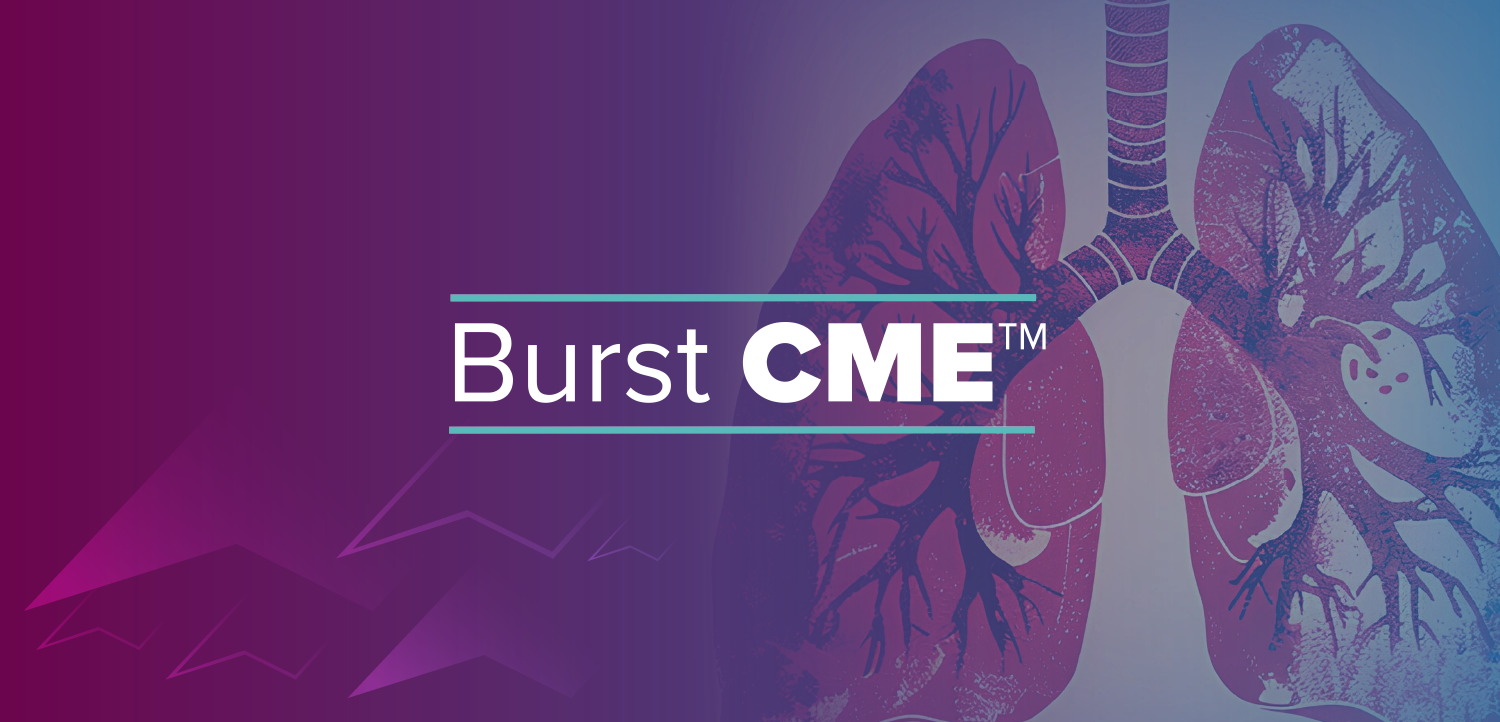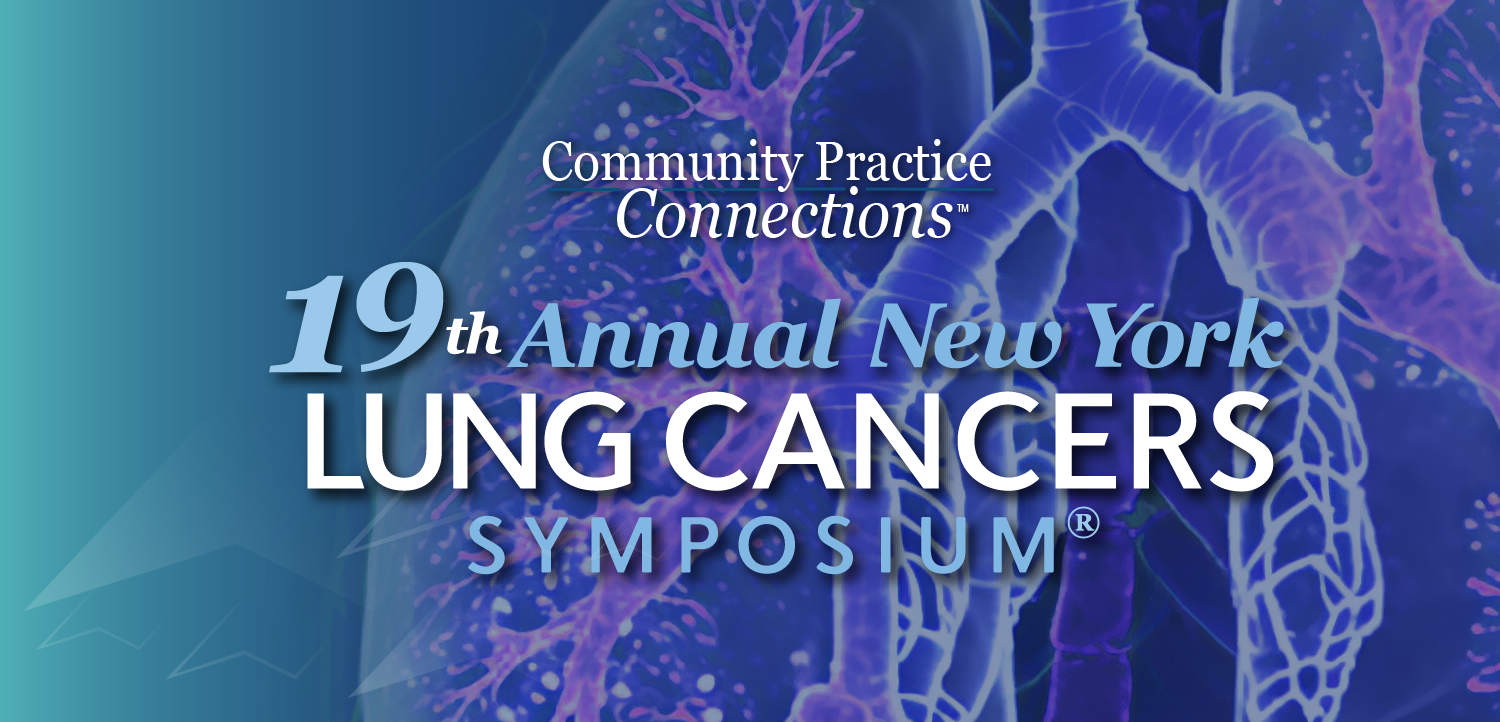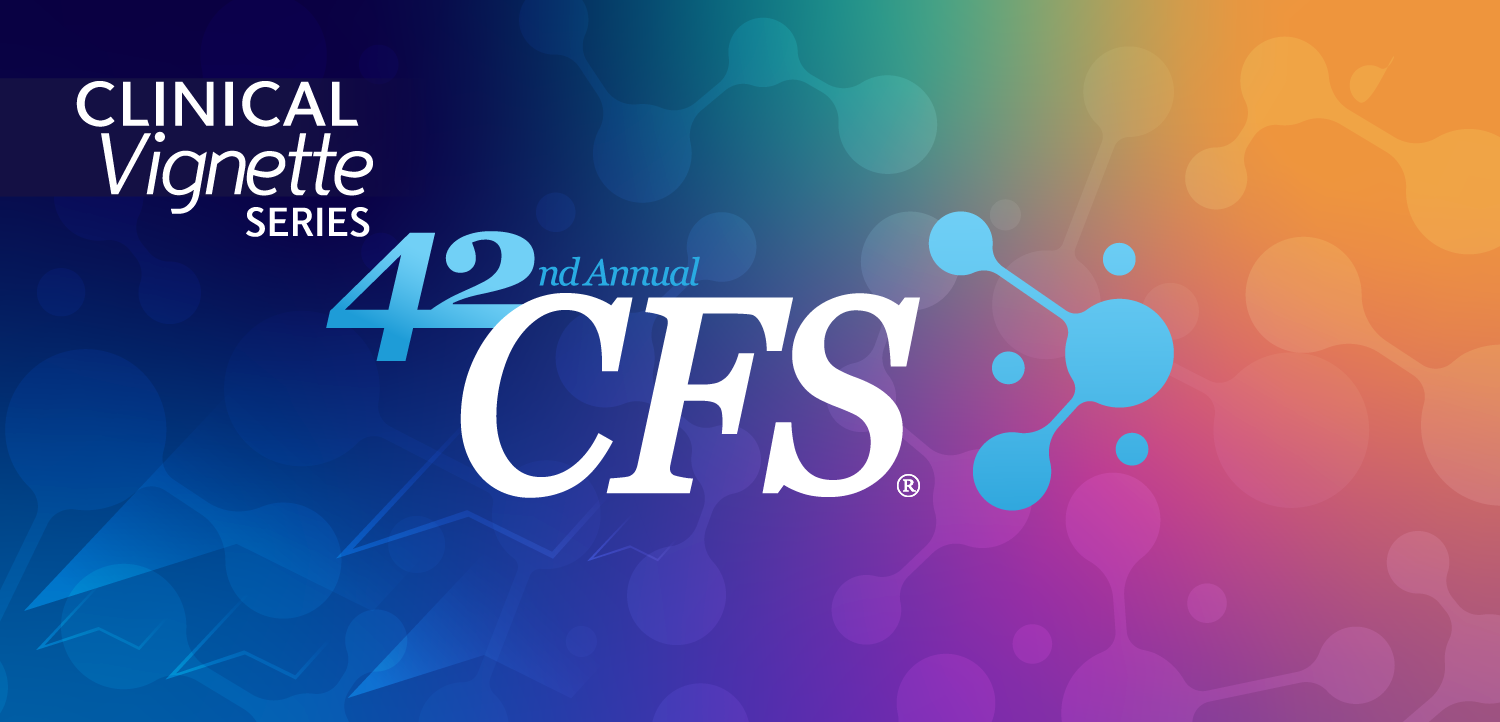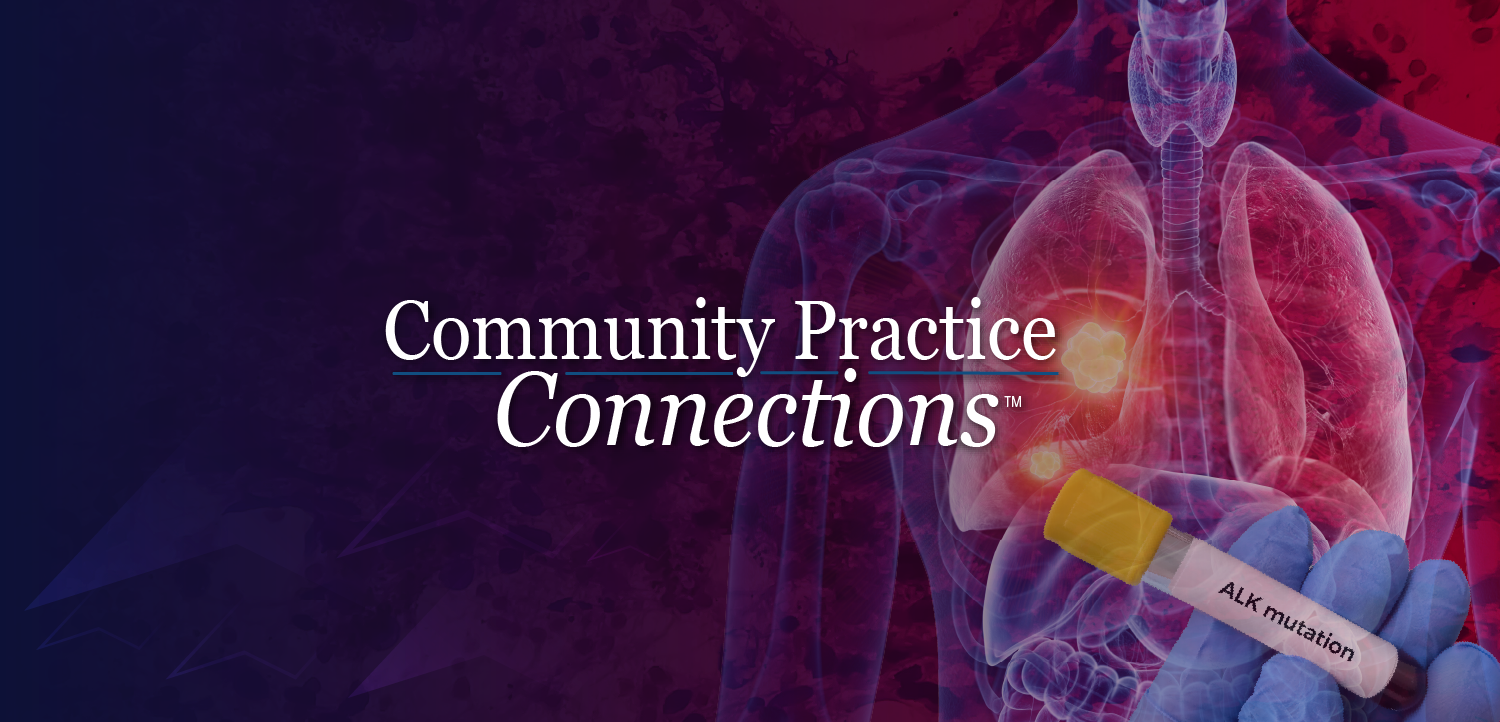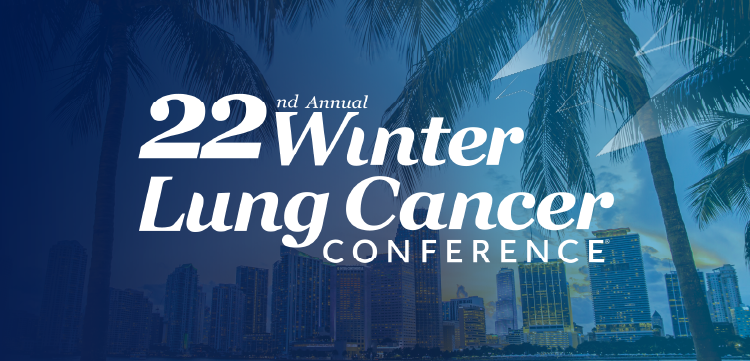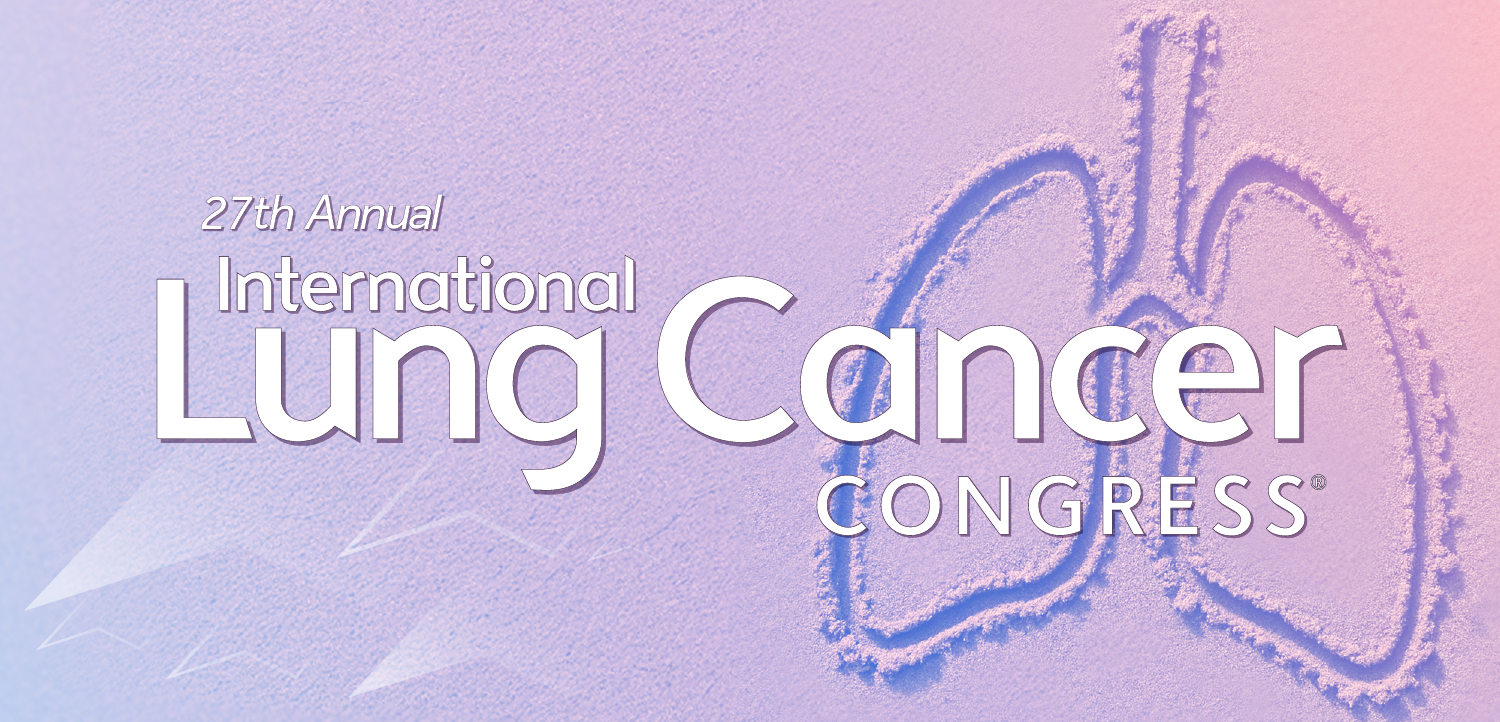
Challenges of Developing the Next Generation of Biosimilars
Proving therapeutic equivalence is a major hurdle.
With the many uncertainties surrounding the development of biosimilars, it is vital for potential biosimilar manufacturers to access experienced medical, clinical, and regulatory expertise to help support and guide their decision-making.
“The problem arises because regulatory requirements for biosimilars have not changed very much over the past nearly two decades,” he says. “The major regulatory bodies require demonstration of pharmacokinetic and therapeutic equivalence. Often, but not always, pharmacokinetics equivalence can be demonstrated in reasonably sized, healthy volunteer studies.”
However, Nick adds, demonstration of therapeutic equivalence can be more challenging.
“The efficacy or effect size of the originator compared to placebo, or no treatment, is determined by undertaking a meta-analysis of placebo-controlled trials of the original product and then calculating a margin that will preserve adequate (often at least 50%) efficacy with 90% or 95% confidence,” he says. “A comparative trial of the biosimilar against the originator product then needs to be conducted under conditions that will reproduce the response observed in the original trials included in this meta-analysis, so as to be confident that the effect size matches that from that predicted by the meta-analysis.”
This approach is needed as there is no placebo control, Nick continued, and should the trial be conducted under conditions in which the test medications have no effect, they would indeed appear to be equivalent; but this would be in a test model that lacked sensitivity to detect a difference.
Nick notes that in principle, replicating the original trial to show biosimilarity sounds simple enough, but a number of challenges are emerging. As treatments advance, the opportunity for generating large effects diminishes.
“This means that for the newer biologics, which are the targets for next generation of biosimilars, only a narrow equivalence margin can be statistically justified,” he says. “This results in the need for a very large number of patients to demonstrate therapeutic equivalence, sometimes exceeding 1,000 patients.”
Another challenge, he says, is that as treatment paradigms change, particularly in oncology. It may become impractical to conduct a trial that recreates the conditions in which the original trials were performed.
In these circumstances, sponsors can be faced with the option of conducting a large expensive trial - or electing not to develop to because there is no feasible way of demonstrating biosimilarity according to the current rules.
So the question arises, if one demonstrates that the biosimilar looks the same and acts the same as the reference product using physico-chemical methods which have significantly improved over the last two decades, and couple this with cell-based testing, do we still need complex therapeutic clinical trials?
“Add to this that in clinical trials it can be shown that the biosimilar and reference product display matching PK (pharmacokinetic) profiles and no difference in immunogenicity and safety; is there than any reason that therapeutic effect could differ?” says Nick. “Indeed, under these circumstances differences in therapeutic effect seems inconceivable. So, going forward I believe there is a need for a debate on what clinical data is really needed to ensure biosimilars on the one hand are safe and effective and, on the other, bring affordable treatment to those who need access to life saving and life changing therapies.”
Newsletter
Get the latest industry news, event updates, and more from Managed healthcare Executive.

